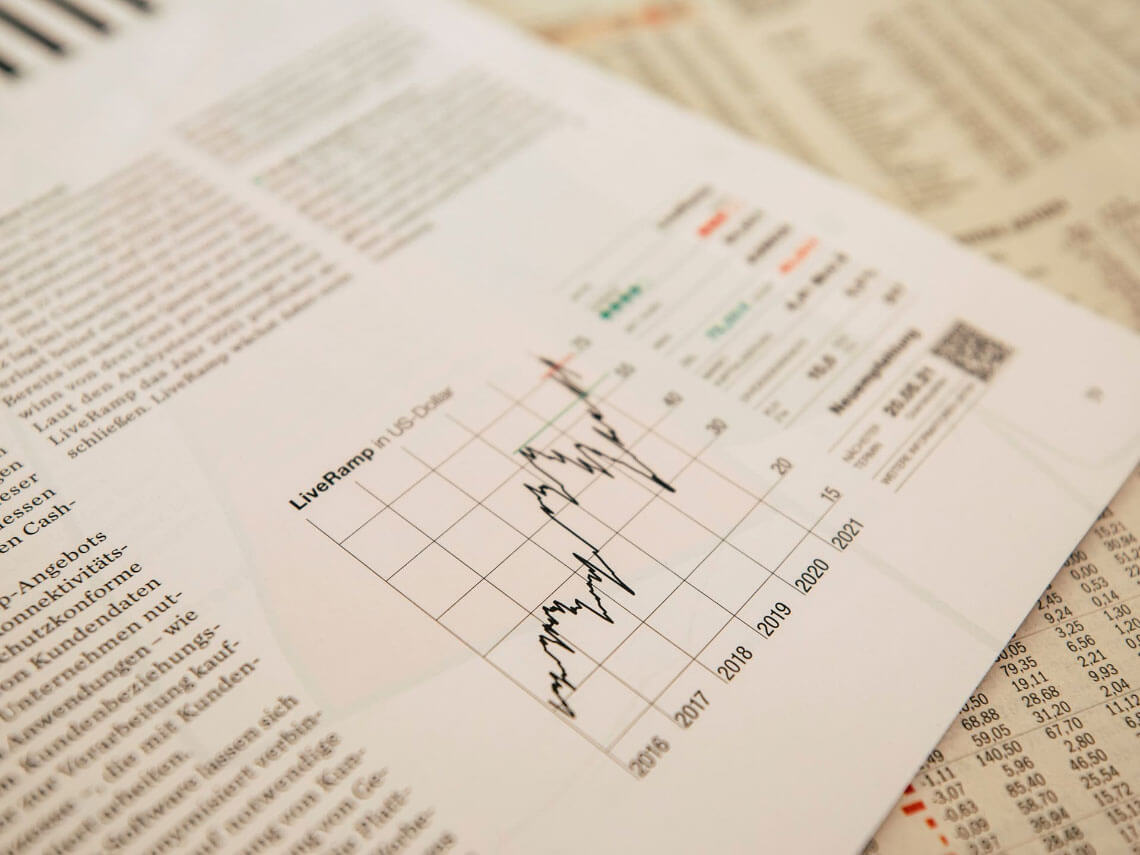There are many heuristic methods for determining economic batch sizes and we have already briefly touched on almost all of the important ones here. Economical lot-sizing methods generally aim to achieve a balance between inventory costs on the one hand and ordering and set-up costs on the other. In order to determine the optimum batch size, each of these methods must define an evaluation criterion for the total costs in order to then check at which batch size this cost size becomes minimal. In order to form the lot sizes, all dynamic lot-sizing procedures summarize the future planned requirements of an article over and above the current requirements and check the total cost criterion for each additional quantity.
The method developed by the American professors Silver and Meal in 1973 uses the average cost per unit of time to evaluate costs. The batch size is increased by the next planned requirement as long as the average total costs from warehousing and ordering continue to fall.
Our tip:
As with many other approximation methods for determining economic lot sizes, there is also a risk with the Silver-Meal method that a non-optimal lot size will be selected. The reason for this is that lot sizing stops when the average total costs rise again. However, it is quite possible that the total costs will fall again if further order periods are added.
It is therefore best to use the Wagner-Whitin method, as this optimizes the sequence of economic lot sizes over the entire planning horizon.

